Beta – Private to Public
A Public Beta service launched in February 2020, following a Private Beta that stretched for just over 1 year.
Private Beta
Private Beta was invite-only, working with live appeals for asylum seekers, submitted by trusted UK law firms. Private Beta was as lightweight as possible, allowing us to launch sooner and iterate untested new policy and service touchpoints at pace. Approximately 40% of the service was enabled through offline temporary processes in support. Through usability testing, alongside service feedback from surveys and face-to-face
engagement with users, the service was refined, and new features added.
Public Beta
The service is now accessible to all legal representatives. The Public Beta, the service continues to receive design and delivery of new features and appeal types. E.g. appeals from appellants ‘out of country’; the capability to change legal representation part-way through an appeal.
Authentic participation: our default approach to design
From Discovery through to present day we have employed a co-design approach. We are facilitators of design, practicing design-led research and putting the experts by experience wherever possible into the role of designer. This helps socialise insights and reveal hidden ideas that could otherwise remain unknown in the minds of disempowered users.
Appellants without legal representation
Key to this aspect of service design, was generating empathy through storytelling with our community of change. Owing to the fear asylum seekers hold in government, access to their stories relied on us building close working partnerships with many charitable bodies up and down the UK.
Through them we were able to spend time recording the stories of asylum seekers. With visualised stories in hand, we were able to bring asylum seekers, virtually, into rooms and forums they almost always dare not enter.
The stories were so powerful, honest and emotive. They provided a case for change that pushed judges, policy makers and operational staff to agree on radical new ways of working described in the impact section of this submission.
Cross-Governmental working
Appellants’ journeys start in another government department, long before they need to submit an appeal. This department has a significant role to play all the way through our service – the information they supply, their operational undertakings, and policy, impact our service design from start to finish. Our team initiated and facilitate an exemplar in cross-governmental working groups, which has enabled significant changes to their policy and service delivery described later.




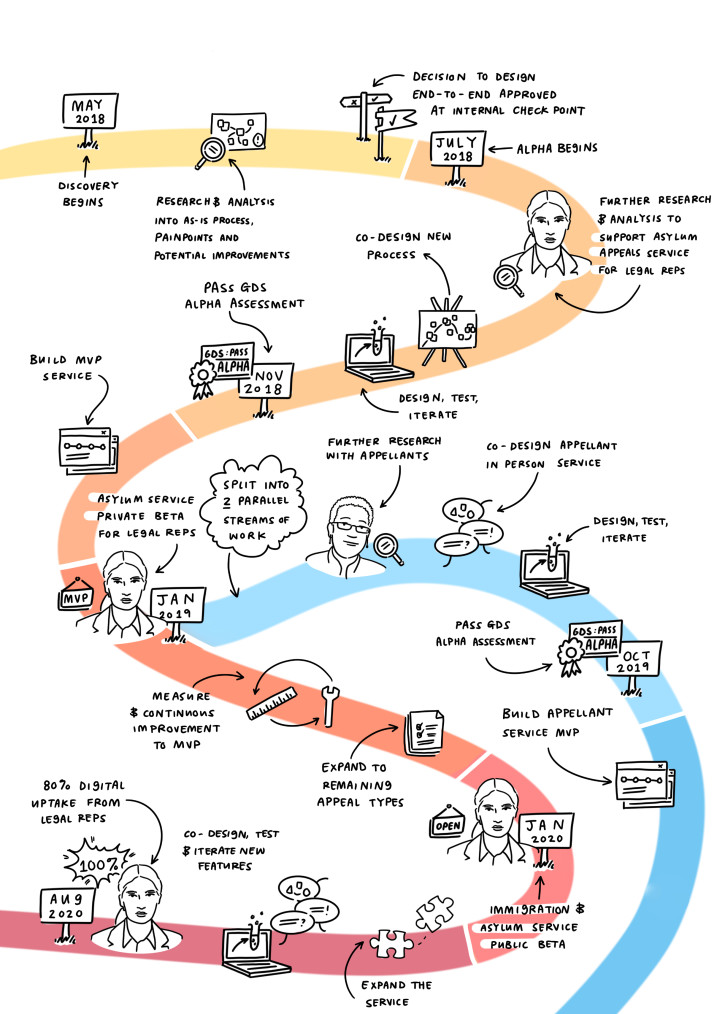
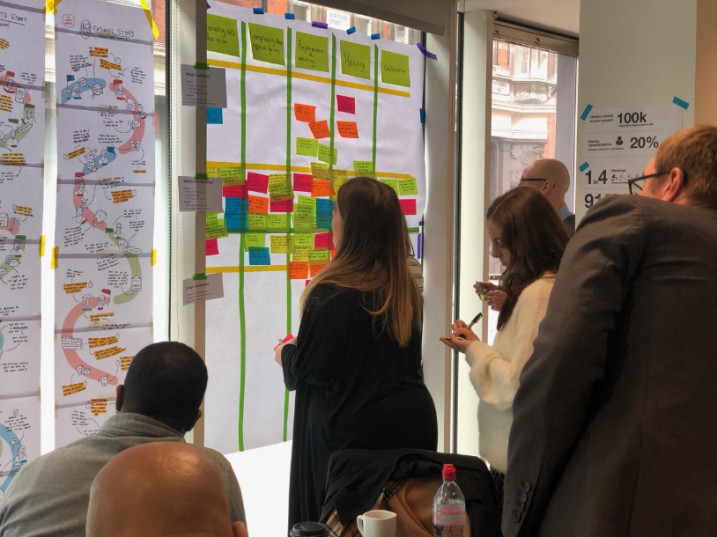
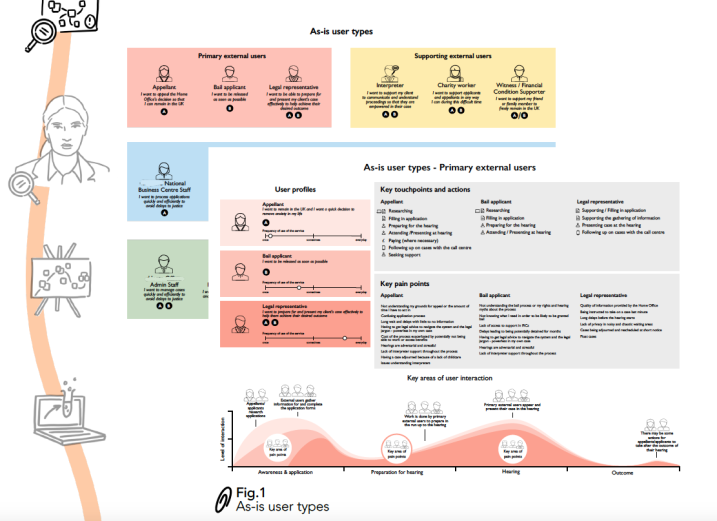
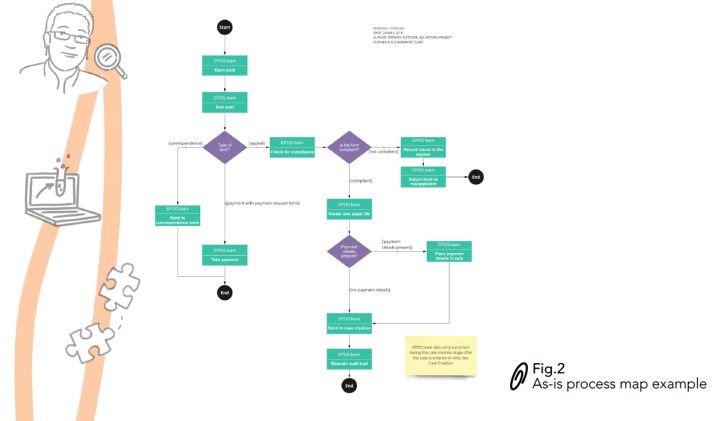
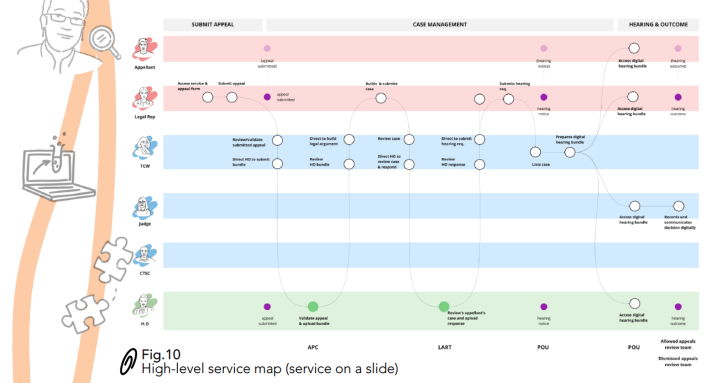
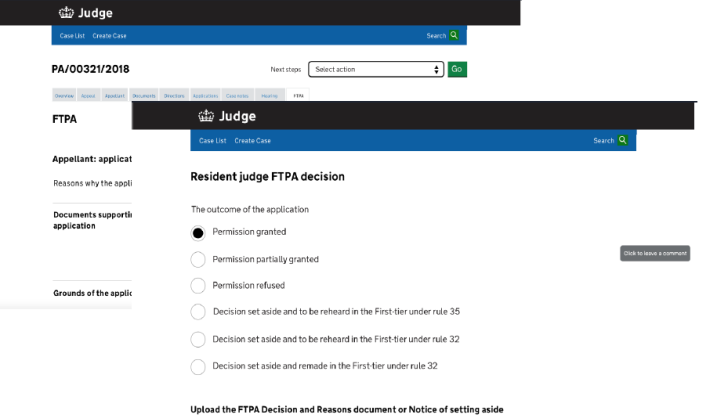
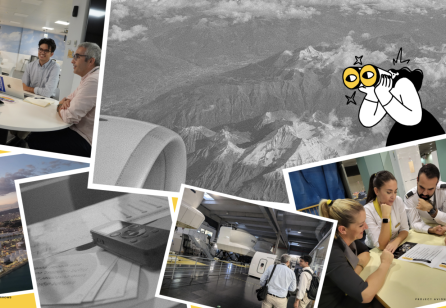
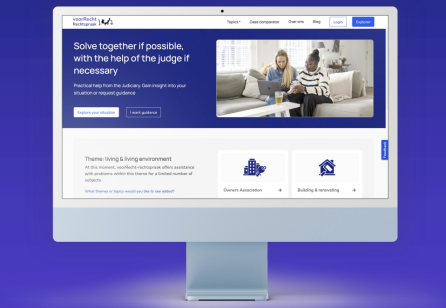
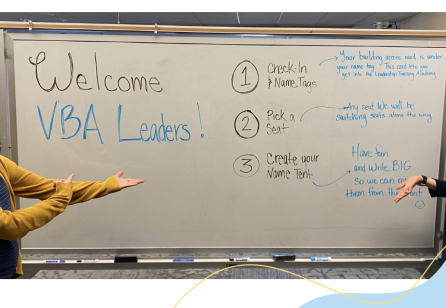
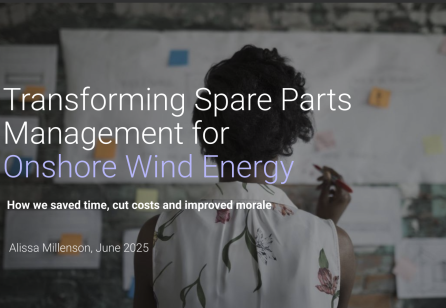

Share your thoughts
0 RepliesPlease login to comment